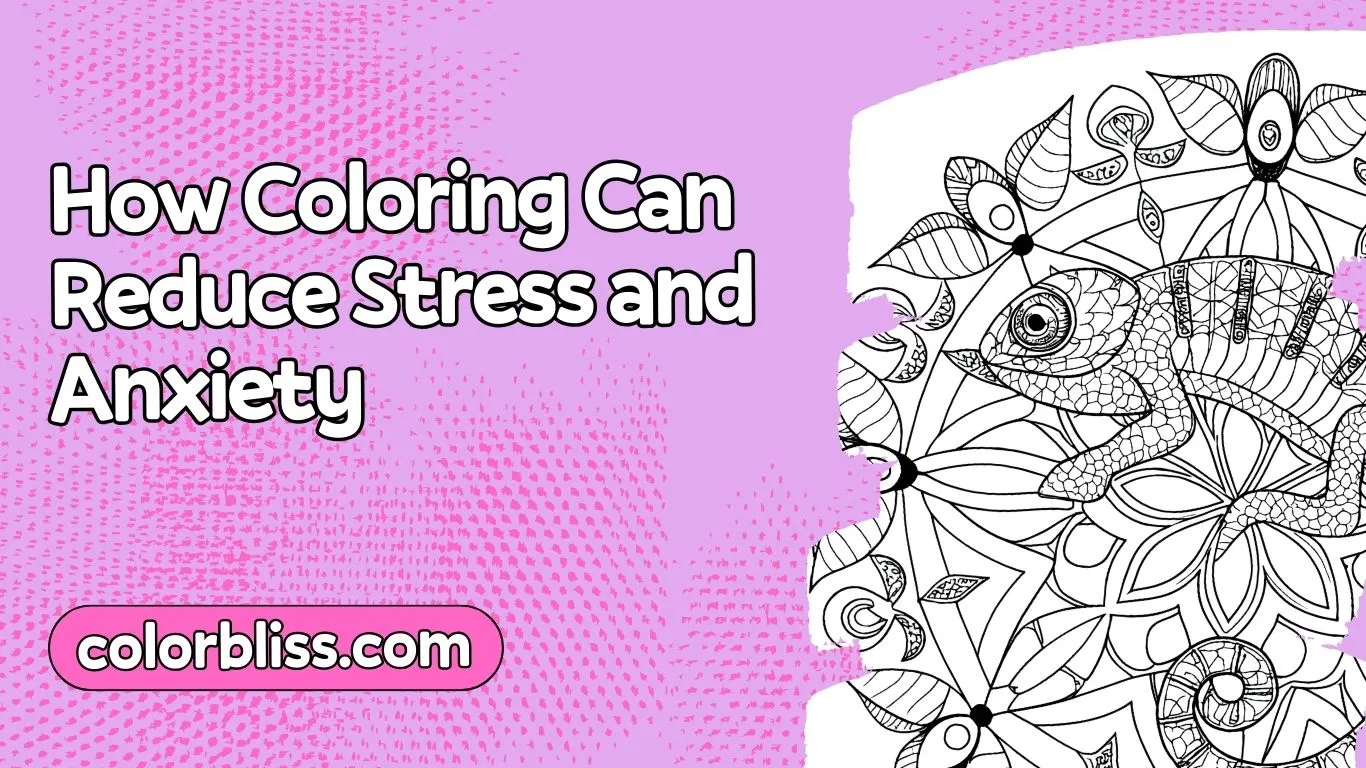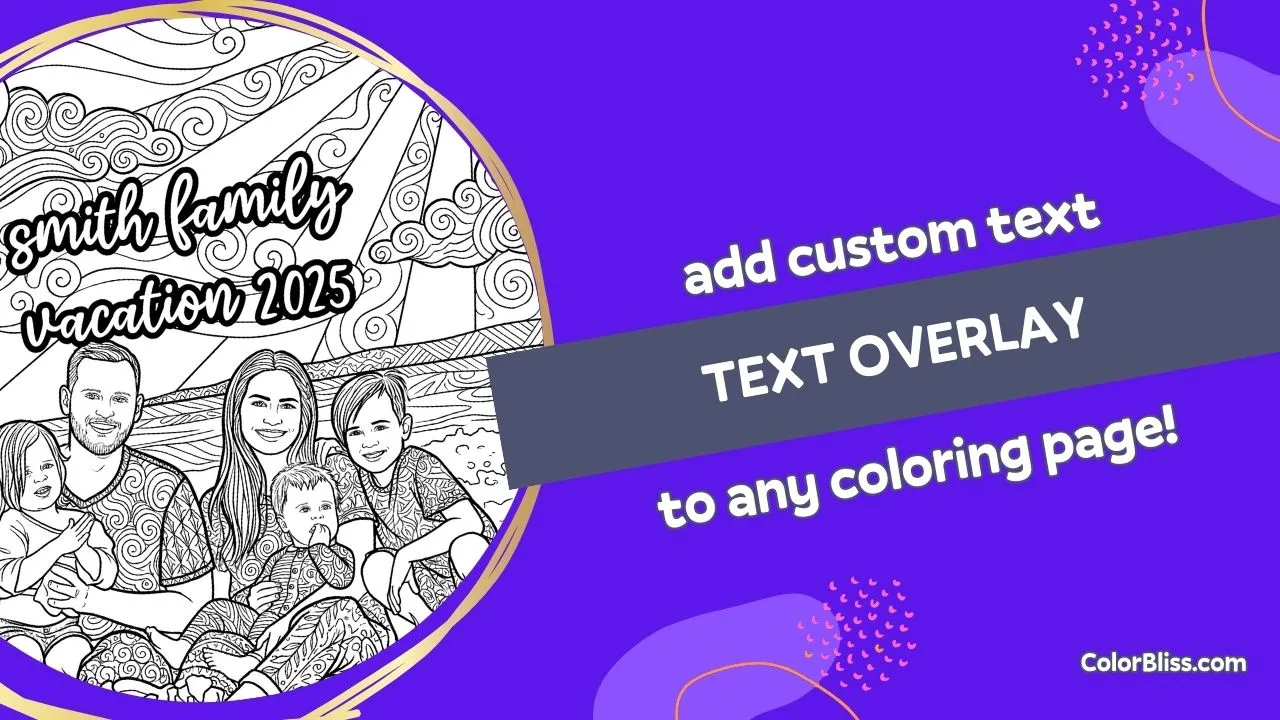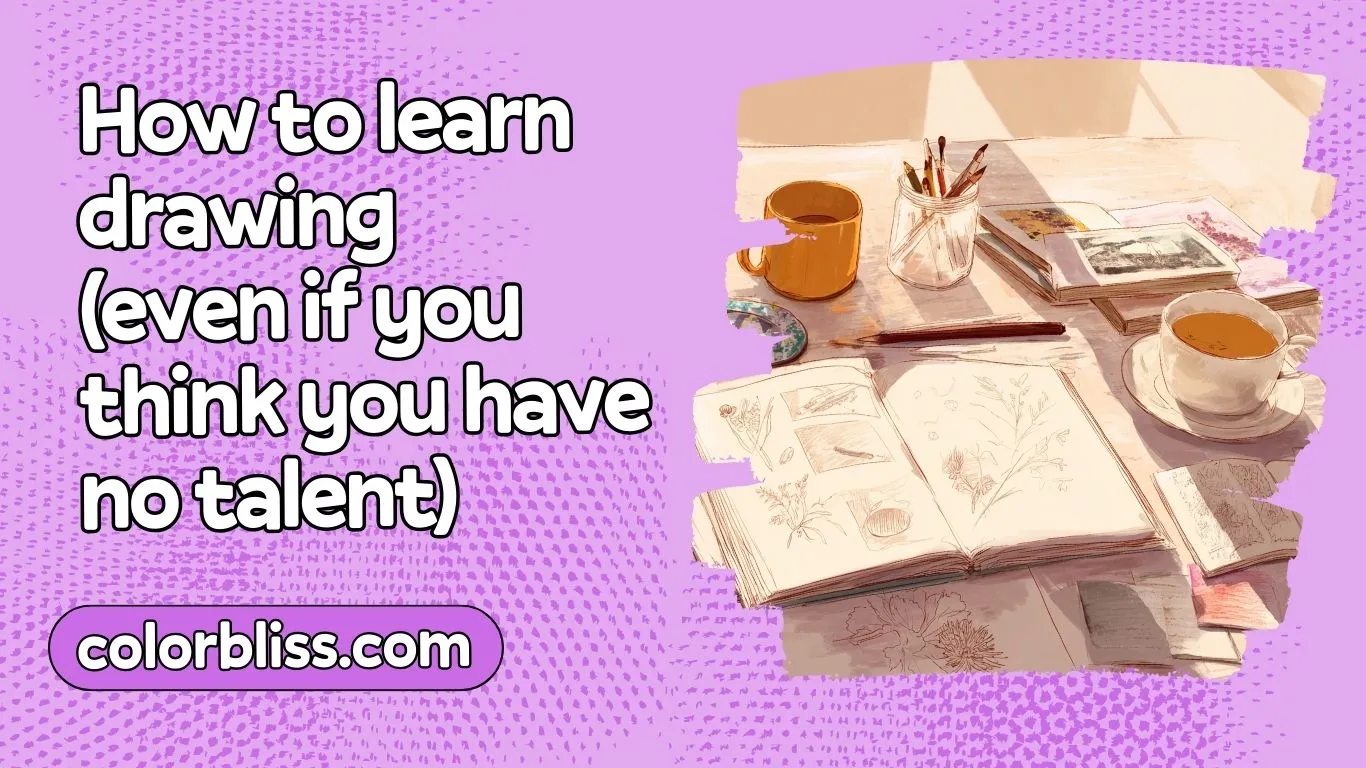How Coloring Can Reduce Stress and Anxiety

Picture this: you’re scrolling through your phone at 11 PM, mind racing with tomorrow’s deadlines, when you remember that dusty box of colored pencils in your desk drawer. Twenty minutes later, you’re completely absorbed in filling intricate patterns with blues and greens, your breathing has slowed, and that knot in your stomach has loosened.
What sounds like a scene from childhood is actually one of the most accessible stress-relief tools available to adults. Coloring has quietly become a powerhouse for mental health, backed by real science and embraced by everyone from busy executives to healthcare workers seeking calm in chaos.
The Unexpected Power of Coloring for Mental Well-being
It’s natural to feel a bit skeptical at first. How can something so seemingly simple offer real relief from the complexities of adult life? Yet, as we delve deeper, we discover that the act of coloring engages our brains in a way that provides a much-needed respite from the constant demands we face daily. Coloring offers a practical, accessible tool for self-care, wellness, and emotional health.
According to findings in the Journal of Affective Disorders, participants with generalized anxiety disorder who engaged in coloring activities experienced significant reductions in anxiety levels compared to those who didn’t participate in such activities.
More Than Just a Childhood Pastime
While we might remember sprawling on the living room floor with a box of crayons, adult coloring books are far more intricate and diverse. They offer sophisticated coloring pages—detailed mandalas, elaborate landscapes, or abstract patterns—that challenge and engage the adult mind, creating benefits of coloring for adults that go well beyond managing stress and anxiety.
If you’re wondering why coloring pages for adults are so effective for stress relief, the answer lies in how these intricate designs engage your brain differently than simple childhood coloring books. The focus shifts to entering a calm state of mind, staying present in the moment, and noticing mood improvement as colors fill a page.
Professionals across healthcare, education, and creative industries are finding that even a short coloring session can be transformative. Taiwanese researchers discovered that coloring activities led to reduced anxiety and improved mood in older adults, while also supporting fine motor skills and hand-eye coordination.
These benefits aren’t limited to adults – research shows how drawing and painting support childhood mental health from an early age, making creative activities valuable for the whole family. Coloring offers specific developmental and emotional benefits for kids that extend far beyond stress relief.
Understanding the Science: How Coloring Impacts Brain Function
The mental health benefits of coloring have solid scientific backing.
The “Flow” State and Mindfulness
Scientists have shown in Frontiers in Psychology that coloring encourages mindfulness, immersing you in the present moment. Choosing colors, shading, and blending with colored pencils or markers engages both focus and creativity. This flow state reduces stress and helps regulate heart rate and breathing patterns.
Supporting the Body’s Natural Relaxation Response
Dr. Scott Bea, a clinical psychologist at the Cleveland Clinic, explains that adult coloring requires “modest attention focused outside of self-awareness.” Engaging in repetitive, rhythmic activities like coloring mandalas may help signal safety to the brain, supporting the body’s natural relaxation response and promoting better emotional regulation.
The Calming Effect of Repetition
Much like knitting or walking, the repetitive motion of filling in designs supports relaxation and stress reduction. Mandala coloring, in particular, offers unique benefits due to its circular, symmetrical patterns that naturally guide focus inward. This shift in brain function helps create balance and prepares the mind for rest.
Tangible Mental Health Benefits of Coloring
Medical experts at Mayo Clinic confirm that coloring delivers measurable benefits:
- Cultivating Mindfulness – Anchors attention in the present moment
- Providing a Distraction – Breaks cycles of worry and reduces feelings of anxiety
- Fostering Accomplishment – Watching black-and-white designs transform into vibrant coloring book pages gives a sense of progress
- Enhancing Focus – Improves concentration and cognitive ability, reinforcing brain function
- Promoting Relaxation and Sleep – Helps slow heart rate and supports healthier routines
- Encouraging Creativity Without Pressure – A form of art therapy that removes the fear of judgment
Practical Applications: Making Coloring a Wellness Habit
Choosing Your Tools: Beyond crayons, many people prefer color pencils, gel pens, or markers. Experiment to find what enhances your coloring session.
Finding Your Space: Create a calming corner with soft lighting, music, or aromatherapy to deepen relaxation.
Scheduling Time: Even 10–15 minutes of adult coloring supports mental health and stress relief.
Exploring Styles: From mandalas to nature scenes, the right adult coloring books can spark joy and support mood improvement.
Creating Personal Pages: For an even more meaningful experience, consider turning your own photos into custom coloring pages. Family portraits, pet photos, or cherished vacation memories can become personalized art therapy sessions that hold special significance.
Real Stories from the Coloring Community
PandaVeekay (on Reddit): After dealing with bipolar depression, anxiety, and working 60+ hours a week, she was skeptical about adult coloring. But after her first session, her perspective shifted completely. “My thought process is a lot like coloring,” she realized. “I should give up thinking about ‘What ifs’. I should make the best of the resources I have.” She experienced better sleep and a calm state of mind for the first time in weeks.
the-mega-may (on Reddit): Initially thought the benefits sounded “too good to be true” when she started in 2015. “Within 5 minutes, I felt like a different person. My mind was clear and focused on the colors and the process. I was actually smiling without knowing it.” Five years later, she colors daily and calls it the treatment that “really speaks to me.”
86rj (on Reddit): Uses coloring as one of their key self-care strategies, especially during winter when moods dip. “It’s one of the few things, along with reading and gardening, that can somewhat take my mind off of things.” They’ve found ways to manage the initial anxiety about color choices by researching ideas beforehand.
“It’s almost like meditation, takes my mind off whatever is bothering me and makes me focus on one thing. I feel much calmer after coloring for a bit.”
Common Questions
Do I need artistic talent? No. Adult coloring focuses on the process and personal relaxation.
What books are best? Mandalas for mindfulness, nature scenes for calm, or inspirational quotes for positive emotional health. You can also create custom pages from your own photos for a more personal experience.
Is this art therapy? While not a replacement for professional healthcare, clinical evidence from emergency departments shows that patients who participated in adult coloring reported significant decreases in anxiety levels after just two hours.
Embrace the Simplicity
In a fast-paced world, activities that support well-being, stress reduction, and emotional balance are essential. Coloring is accessible, affordable, and deeply beneficial. It strengthens fine motor skills and hand-eye coordination, enhances cognitive ability, and delivers profound mental health benefits.
Whether you’re an older adult seeking calm, a busy professional craving stress relief, or someone simply curious about the benefits of coloring, this practice offers an easy path toward mood improvement and a healthier state of mind. And with modern tools that let you create coloring pages from your own meaningful photos, the therapeutic benefits can be even more profound.
Start your stress-relief coloring journey today. Your mind will thank you for it.
Ready to experience the calming benefits of personalized coloring? Create your first custom coloring page from any photo and discover how meaningful images can enhance your mindfulness practice.

